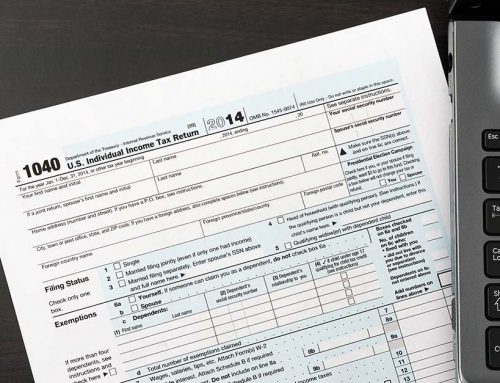In today’s post we will address: 1) Charitable Donations Using IRA Distributions 2) Qualified Principal Residence Debt Exclusion 3) Expiring Tax Credits.
Charitable Donations Using IRA Distributions
There is a special rule, not available after 2013, allowing taxpayers age 70-1/2 and older to make a qualified charitable distribution of up to $100,000 from the individual’s IRA to a charity. The distribution is taken into account for purposes of determining if the taxpayer has met the minimum distribution requirements but is not included in the taxpayer’s income. While no charitable deduction is allowed for any amount that was contributed to the IRA tax free, this can be a much more tax efficient way of donating for certain types of taxpayers. For example, donating this way reduces a taxpayer’s adjusted gross income. This, in turn, potentially reduces the percentage of social security income that is taxed from 85 percent to 50 percent and increases certain deduction by reducing the effects of the limitations on personal exemptions, itemized deductions, and charitable contributions that are tied to higher adjusted gross income amounts.
Qualified Principal Residence Debt Exclusion
Under a special rule that expires at the end of 2013, no income is recognized from the discharge of qualified principal residence debt (i.e., a mortgage on the taxpayer’s home). The discharge of such debt is generally excludable from gross income for discharges through 2013. Qualified principal residence debt is debt that is incurred to buy, build, or substantially improve a principal residence and that is secured by that residence. It also includes debt secured by a principal residence that is used to refinance qualified principal residence debt, but not in excess of the outstanding principal amount of the debt that is refinanced.
Expiring Tax Credits
Obviously, generating additional tax credits will help reduce taxes and there are two expiring tax credits that environmentally conscious taxpayers may want to take advantage of.
One such credit is the residential energy credit, which is available only through the end of 2013. Taxpayers contemplating energy improvements to their home may want to accelerate the improvements into 2013. The credit is 10 percent of the amounts paid or incurred for qualified energy efficiency improvements installed during the tax year and the amount of residential energy property expenditures paid or incurred during the tax year, up to a maximum credit of $500.
The other green credit due to expire at the end of the year is the credit for qualified two- or three-wheeled plug-in electric vehicles. The credit is equal to the lesser of 10 percent of the cost of such vehicle or $2,500.





